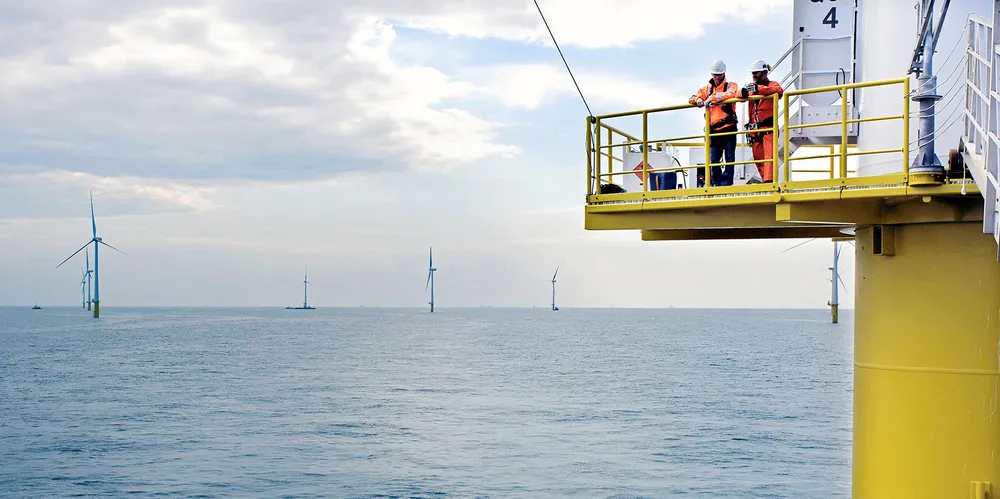Zero-subsidy offshore wind giant in Dutch North Sea won by hydrogen-linked RWE-led bid
Oranje Wind Power 2 consortium to build 760MW Hollandse Kust West project, which will feature an industrial onshore hydrogen generation facilities as well as electricity for district heating and industrial applications
